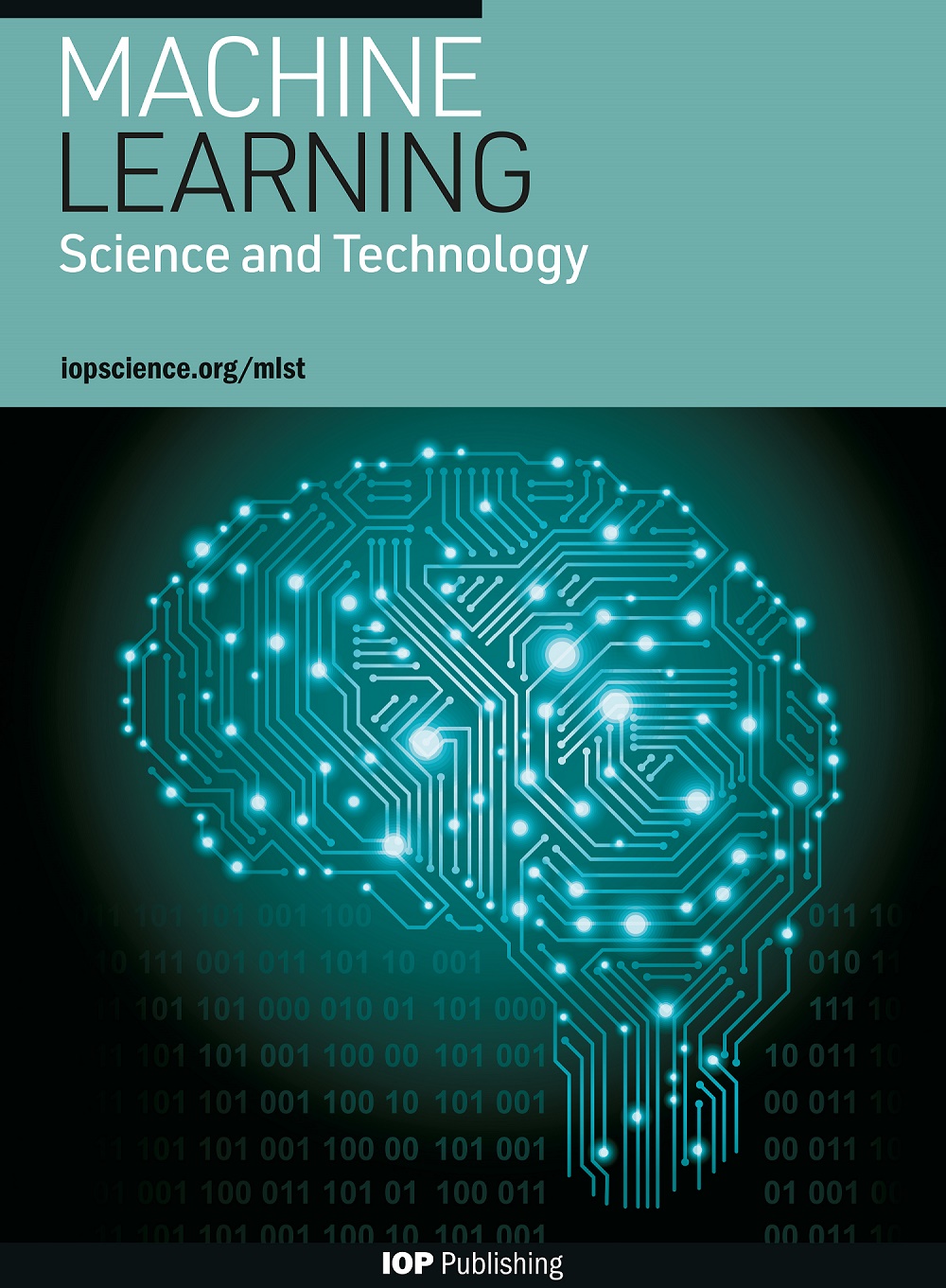Datacube segmentation via deep spectral clustering
IF 4.6
2区 物理与天体物理
Q1 COMPUTER SCIENCE, ARTIFICIAL INTELLIGENCE
引用次数: 0
Abstract
Extended vision techniques are ubiquitous in physics. However, the data cubes steaming from such analysis often pose a challenge in their interpretation, due to the intrinsic difficulty in discerning the relevant information from the spectra composing the data cube. Furthermore, the huge dimensionality of data cube spectra poses a complex task in its statistical interpretation; nevertheless, this complexity contains a massive amount of statistical information that can be exploited in an unsupervised manner to outline some essential properties of the case study at hand, e.g. it is possible to obtain an image segmentation via (deep) clustering of data-cube’s spectra, performed in a suitably defined low-dimensional embedding space. To tackle this topic, we explore the possibility of applying unsupervised clustering methods in encoded space, i.e. perform deep clustering on the spectral properties of datacube pixels. A statistical dimensional reduction is performed by an ad hoc trained (variational) AutoEncoder, in charge of mapping spectra into lower dimensional metric spaces, while the clustering process is performed by a (learnable) iterative K-means clustering algorithm. We apply this technique to two different use cases, of different physical origins: a set of macro mapping x-ray fluorescence (MA-XRF) synthetic data on pictorial artworks, and a dataset of simulated astrophysical observations.通过深度光谱聚类进行数据立方体分割
扩展视觉技术在物理学中无处不在。然而,由于从组成数据立方体的光谱中辨别相关信息的内在困难,从此类分析中产生的数据立方体往往对其解释构成挑战。此外,数据立方体光谱的巨大维度也给统计解释带来了复杂的任务;然而,这种复杂性包含了大量的统计信息,可以在无监督的情况下利用这些信息来概述手头案例研究的一些基本属性,例如,可以通过在适当定义的低维嵌入空间中对数据立方体光谱进行(深度)聚类来获得图像分割。为了解决这个问题,我们探索了在编码空间中应用无监督聚类方法的可能性,即对数据立方体像素的光谱属性进行深度聚类。统计降维是通过一个经过特别训练的(变异)自动编码器来完成的,它负责将光谱映射到低维的度量空间中,而聚类过程则是通过一个(可学习的)迭代 K-means 聚类算法来完成的。我们将这一技术应用于两个不同的使用案例,它们的物理来源各不相同:一组关于绘画艺术品的宏观映射 X 射线荧光(MA-XRF)合成数据,以及一个模拟天体物理观测数据集。
本文章由计算机程序翻译,如有差异,请以英文原文为准。
求助全文
约1分钟内获得全文
求助全文
来源期刊

Machine Learning Science and Technology
Computer Science-Artificial Intelligence
CiteScore
9.10
自引率
4.40%
发文量
86
审稿时长
5 weeks
期刊介绍:
Machine Learning Science and Technology is a multidisciplinary open access journal that bridges the application of machine learning across the sciences with advances in machine learning methods and theory as motivated by physical insights. Specifically, articles must fall into one of the following categories: advance the state of machine learning-driven applications in the sciences or make conceptual, methodological or theoretical advances in machine learning with applications to, inspiration from, or motivated by scientific problems.
 求助内容:
求助内容: 应助结果提醒方式:
应助结果提醒方式:


